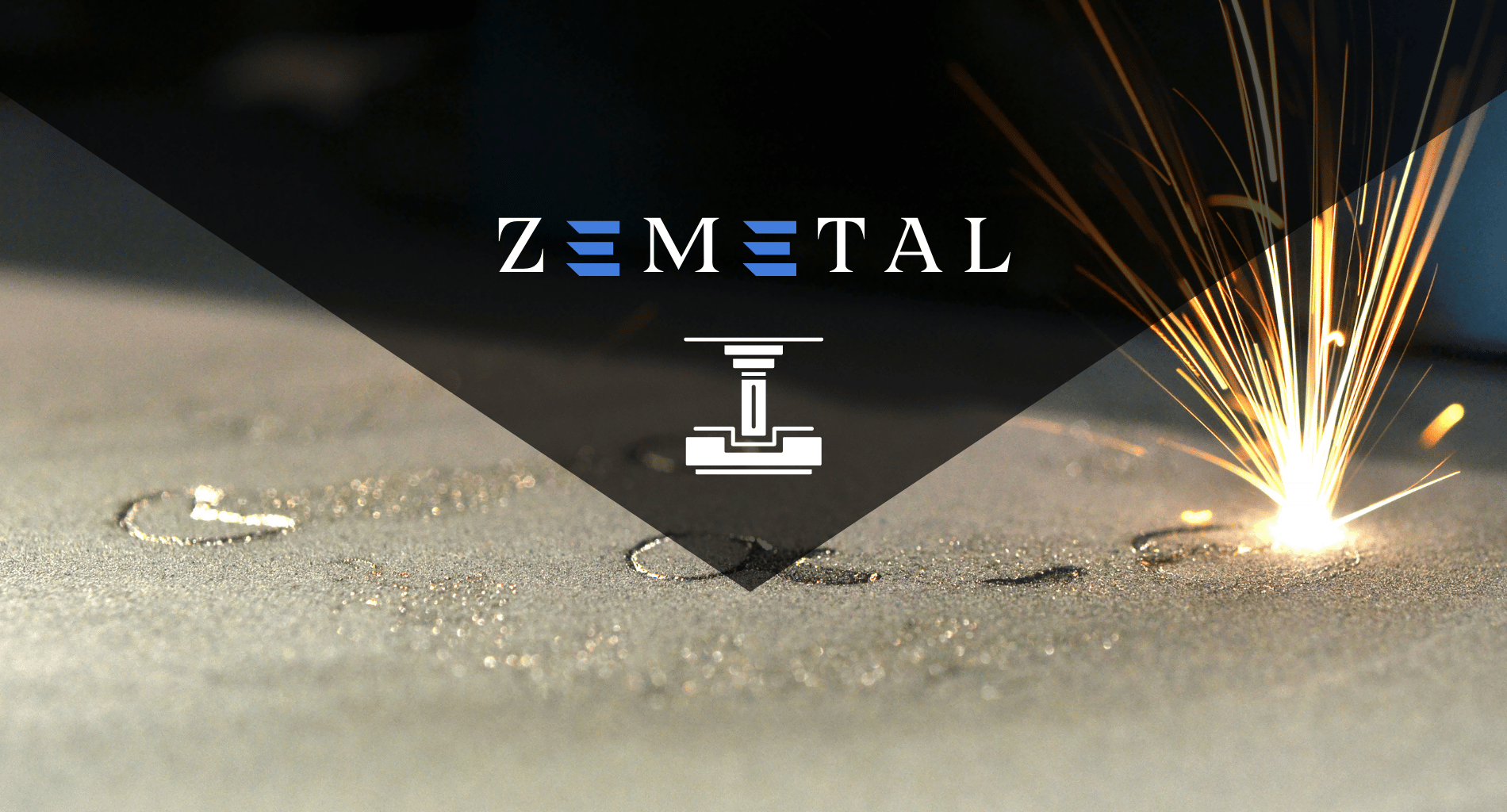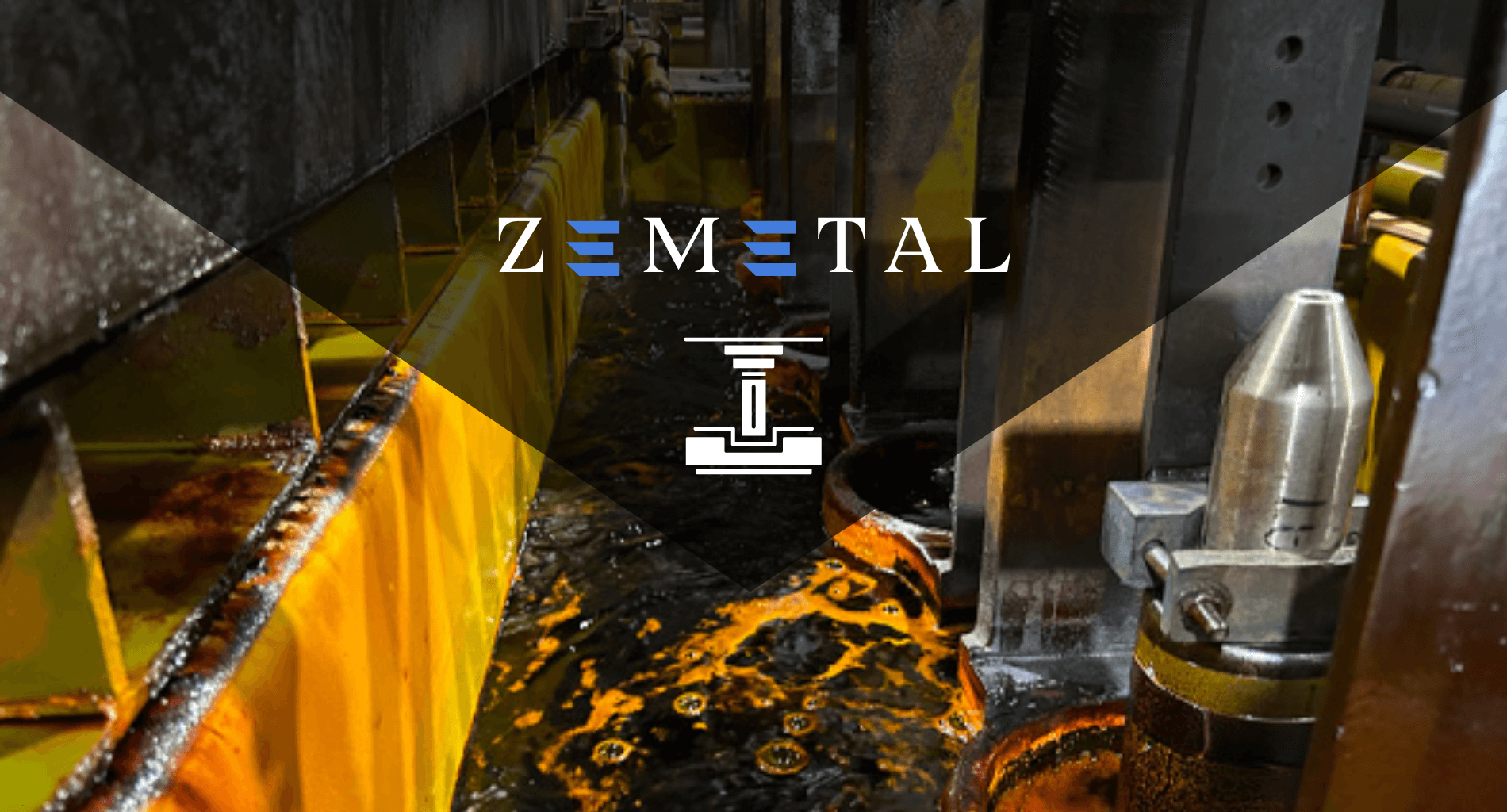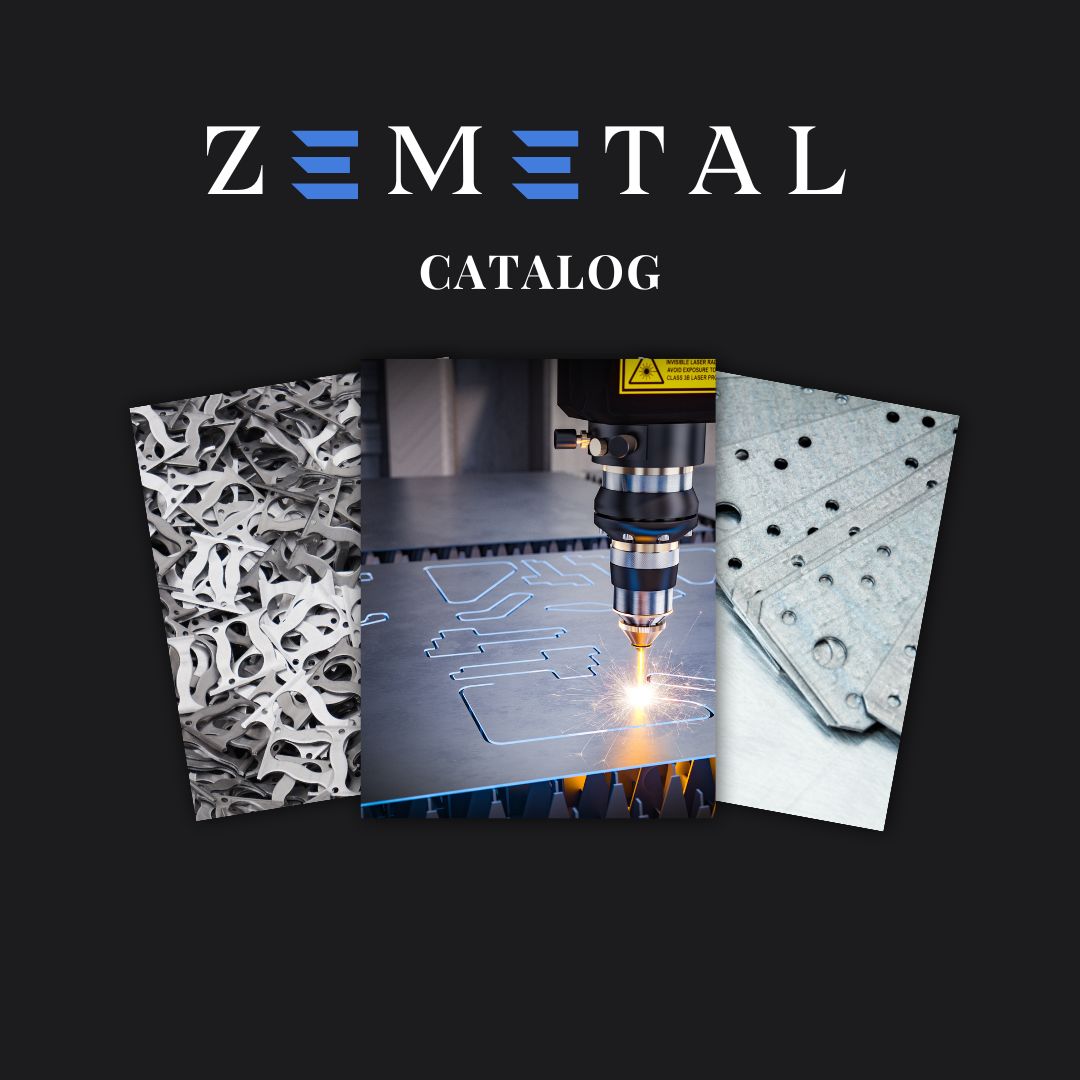Have you ever wondered about the robust finish on your metal products? That’s often the work of hexavalent chromium plating, a marvel in the metal fabrication industry.
With extensive experience in the field of metal fabrication, I bring a depth of knowledge and understanding about the critical role of surface treatments.
Hexavalent chromium plating is more than just a surface finish; it’s a technological advancement that offers superior corrosion resistance and aesthetic appeal.
In this article, we’ll dissect the details of hexavalent chromium plating, from its application processes to the environmental and safety measures necessary for its use.
So, let’s get started.
1. Overview of Hexavalent Chromium Plating
Hexavalent chromium plating stands as a cornerstone in the realm of metal finishing techniques, offering unmatched hardness and corrosion resistance. This process involves electroplating chromium onto a metal surface, resulting in a protective and aesthetically pleasing layer. Industries globally use this method for its durability and added value to products like automotive parts and machinery.
While the process is detailed, the outcome is undeniably beneficial, enhancing the lifespan and performance of metal components. It’s essential, however, to approach this technique with a clear understanding of its environmental impact and the strict safety protocols required to ensure responsible application and use.
2. Advantages of Hexavalent Chromium Plating
After exploring the overview of Hexavalent Chromium Plating, it’s clear that this method is a cornerstone in the metal fabrication industry. Let’s delve into some of the key advantages that make it so beneficial:
Superior Corrosion Resistance
One of the most compelling advantages is its exceptional ability to resist corrosion. Metals treated with hexavalent chromium plating can withstand exposure to moisture, chemicals, and extreme temperatures, making them ideal for use in challenging environments. This resistance is pivotal for industries where material integrity is non-negotiable, such as in aerospace and marine applications.
Enhanced Durability
Hexavalent chromium plating significantly increases the lifespan of metal components by providing a hard and protective outer layer. This layer shields the underlying material from wear and tear, reducing the need for frequent replacements and maintenance. Industries find this especially useful for parts exposed to harsh conditions, ensuring long-term reliability and performance.
Aesthetic Enhancement
Besides its protective qualities, hexavalent chromium plating also offers a sleek, reflective finish that is aesthetically pleasing. This shiny finish not only improves the product’s look but also boosts its appeal in the market. The ability to combine visual appeal with functional benefits makes this method a popular choice for consumer-facing products.
3. Hexavalent Chromium Plating Techniques
Diving into the realm of hexavalent chromium plating, it’s important to understand the diverse techniques that bring this process to life. Each method is designed to meet specific industrial needs and product specifications. Here are some of the primary methods used in the industry:
Electroplating
Electroplating is the most common technique, where an electric current is used to deposit chromium onto the metal substrate. This process ensures a thin, uniform layer, providing excellent adhesion and precise control over the thickness. Ideal for various applications, electroplating is a versatile choice for achieving a durable and attractive finish.
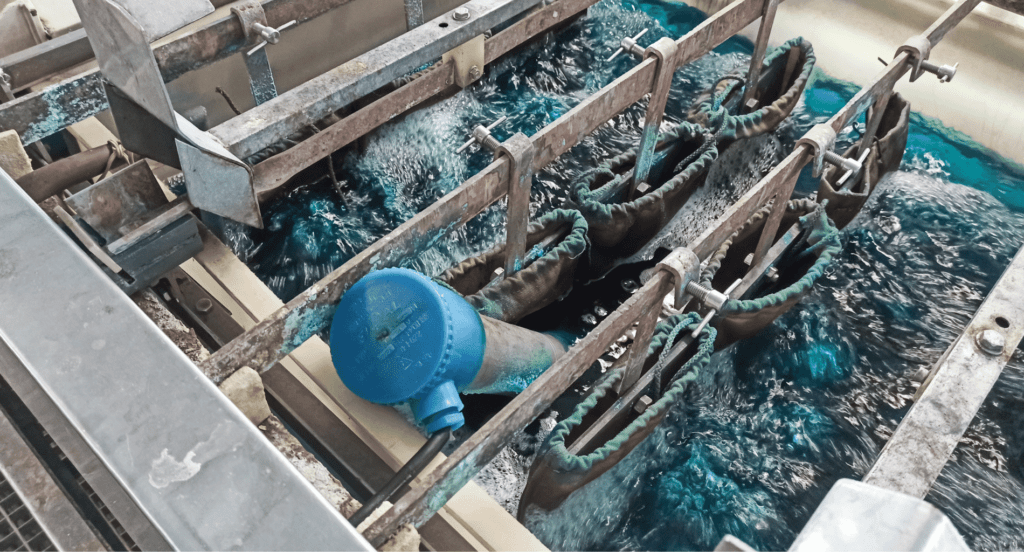
Barrel Plating
Barrel plating is a favored technique for efficiently coating smaller, durable parts like fasteners and automotive components. This cost-effective method allows for large quantity processing, ensuring consistent, even coatings. Demonstrating its industry significance, barrel plating is projected to achieve a market size of US$10.7 billion, underscoring its widespread use and value as noted by reportlinker.
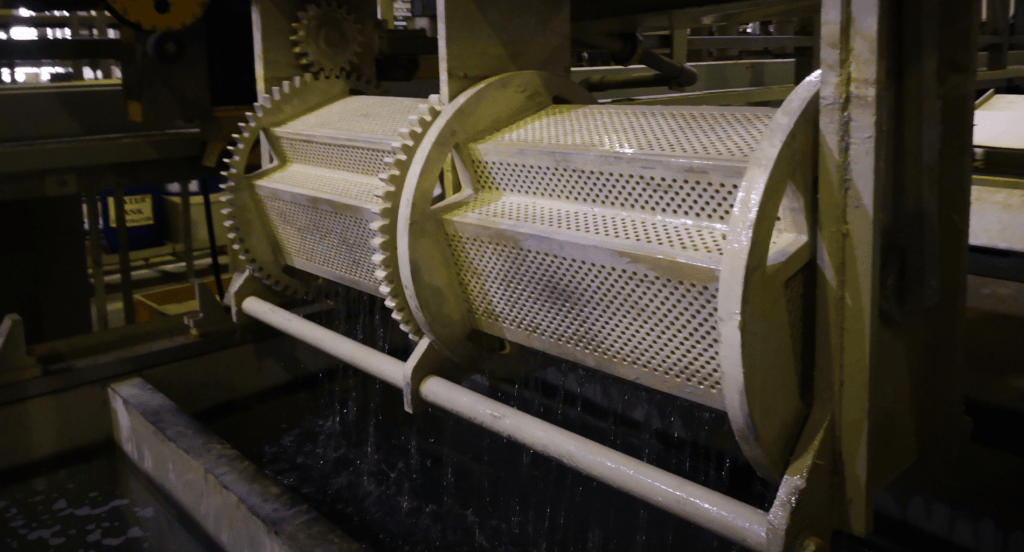
Precision Technique
In the complex world of metal finishing, one size does not fit all. Zemetal excels in providing a precision technique that adapts to the unique challenges of each project. Understanding the critical role of accurate and reliable plating, combines state-of-the-art technology with expert knowledge to deliver execellent solutions that meet the highest standards of quality and performance.
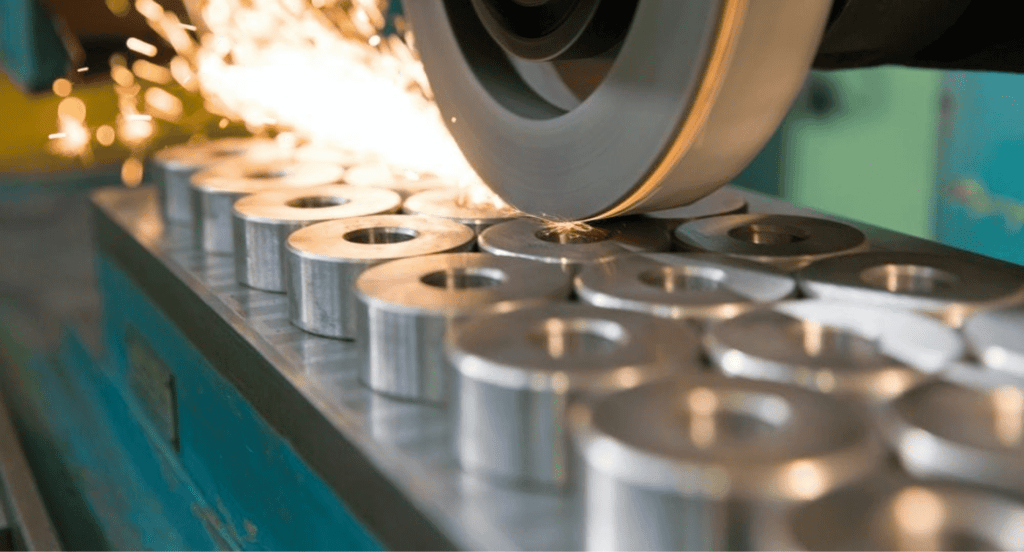
4. The Hexavalent Chromium Plating Process
Having explored the various techniques used in hexavalent chromium plating, it’s essential to understand the step-by-step process that transforms metal surfaces. Here’s a breakdown of the stages involved in achieving that high-quality, durable finish:
Step#1 Surface Preparation
Before plating can begin, the surface of the metal must be meticulously cleaned and prepared. This involves removing any oils, dirt, or oxide layers through processes like degreasing, acid etching, and rinsing. Proper preparation ensures the plating adheres well and provides a smooth, uniform coating.
Step#2 Bath Composition
The plating solution, or bath, is carefully composed of chromium trioxide and other chemicals. The precise composition and conditions of the bath are crucial for achieving the desired plating characteristics. Parameters like temperature, pH, and concentration are rigorously controlled to ensure a high-quality finish.
Step#3 Electrolysis
During electrolysis, the metal to be plated is submerged in the bath and connected as the cathode, with anodes also in the solution. When an electric current is applied, chromium ions are attracted to the cathode surface, forming a thin, even layer of chromium. This stage is where the actual coating process occurs.
Step#4 Rinsing and Drying
After plating, the metal parts are thoroughly rinsed to remove any residual chemicals. This step is vital to ensuring the final product is clean and free from any contaminants that could affect its performance. The parts are then dried, often in a controlled environment to prevent any unwanted reactions or spotting.
Step#5 Quality Control
The final stage involves rigorous quality control checks to ensure the plating meets all specifications and standards. This includes visual inspections, thickness measurements, and adhesion tests. Ensuring the quality of the plated components is crucial for maintaining the trust and satisfaction of clients and end-users.
5. Applications of Hexavalent Chromium Plating
Hexavalent chromium plating isn’t just a process; it’s a vital component across various industries, enhancing both functionality and aesthetics. Let’s explore some of the specific applications where this plating technique truly shines:
Aerospace Industry
In the aerospace sector, the durability and corrosion resistance of hexavalent chromium plating are crucial. Components like landing gear, fasteners, and turbine blades are often treated to withstand extreme conditions and stress. For example, jet engine parts benefit greatly from this plating, ensuring safety and performance at high altitudes and speeds.

Automotive Industry
The automotive industry relies heavily on hexavalent chromium plating for both protective and decorative purposes. From the shiny bumpers to the durable engine parts, this plating process is integral to a vehicle’s longevity and appeal. Such as a chrome-plated finishes seen on classic and modern cars, not just for their sleek look but also for their resistance to wear and rust.
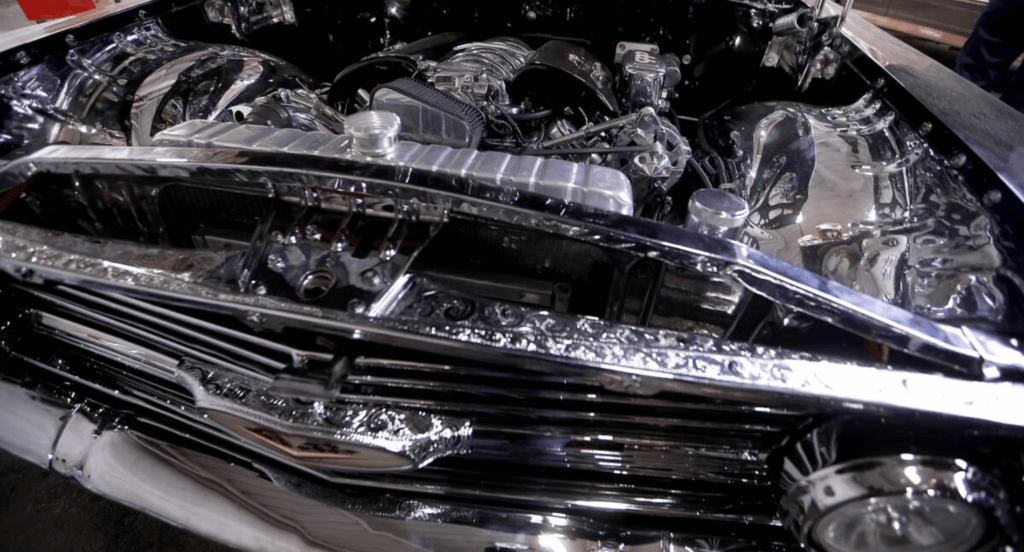
Heavy Machinery and Construction
In heavy machinery and construction, the strength and resilience provided by hexavalent chromium plating are indispensable. Equipment like cranes, bulldozers, and excavators are exposed to harsh environments and demanding work conditions. The protective layer added by this plating helps extend the life of these machines, ensuring they perform reliably day in and day out.
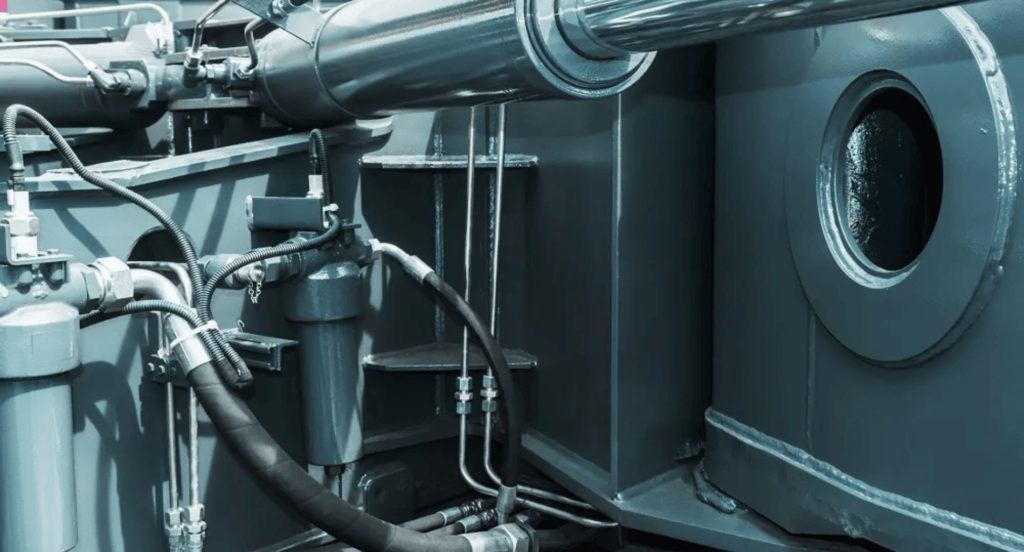
6. 3 Hexavalent Chromium Plating Best Practices
As we reflect on the diverse applications of hexavalent chromium plating, it becomes evident that implementing best practices is not just beneficial but necessary. Let’s delve into the strategies that ensure the plating process is both effective and responsible:
#1 Strict Adherence to Safety Protocols
Safety is paramount in hexavalent chromium plating due to the toxic nature of the chemicals involved. It’s crucial to adhere strictly to safety protocols including the use of personal protective equipment (PPE), and regular health monitoring for workers. Providing comprehensive training and ensuring a culture of safety can significantly mitigate health risks.
#2 Consistent Process Monitoring
Maintaining consistency and quality in the plating process requires continuous monitoring and adjustment. Variables like temperature, current density, and bath composition must be meticulously controlled. Implementing real-time monitoring systems and conducting regular inspections ensures that any deviations are promptly corrected, leading to a more reliable and efficient plating process.
#3 Partnering with Experts
For businesses looking to implement or improve their hexavalent chromium plating processes, partnering with industry experts like Zemetal can make a significant difference. They offers not just services but also guidance on best practices, helping businesses optimize their operations for better quality, efficiency, and environmental responsibility. Leveraging expertise keeps plating aligned with current standards and latest technologies.
7. Debunking Myths About Hexavalent Chromium Plating
In the world of metal fabrication, misconceptions about hexavalent chromium plating can lead to uninformed decisions. Let’s dispel a couple of these myths and reveal the truth behind them, ensuring a clear and accurate understanding of the process:
It’s Outdated and No Longer Used
There’s a notion that hexavalent chromium plating is a thing of the past, replaced by newer technologies. However, this couldn’t be further from the truth. While alternatives exist, the unique properties of hexavalent chromium, such as superior corrosion resistance and durability, keep it in high demand. Aerospace and automotive sectors rely on this method for essential parts, affirming its relevance.
This table clarifies the misconception about hexavalent chromium plating being outdated, emphasizing its continued use and importance in industries where its unique properties, such as superior corrosion resistance and durability, are critical for the performance and longevity of essential parts.
| Misconception | Reality | Industry Relevance |
| Outdated Technology | Still widely used due to unique properties. | Essential in industries requiring high-performance coatings. |
| Replaced by Newer Technologies | Alternatives exist, but hexavalent chromium offers superior qualities. | Its corrosion resistance and durability are unmatched in certain applications. |
| Superior Corrosion Resistance | Unmatched protection against corrosion. | Crucial for aerospace and automotive parts, where durability is paramount. |
| Durability | Excellent wear resistance and longevity. | Ensures longevity and reliability of critical components in harsh environments. |
| Industry Demand | High demand in aerospace and automotive sectors. | Used for essential parts that require high levels of performance and protection. |
Only Useful for Aesthetics
Some believe that hexavalent chromium plating is used purely for its shiny finish. In reality, this process offers much more, including incredible durability and corrosion resistance. Components in demanding fields like medical devices and defense rely on these qualities for their functionality and longevity, illustrating the process’s essential role beyond just aesthetics.
It Cannot Be Done Safely
A common misconception is that it’s impossible to conduct hexavalent chromium plating without risking worker health and safety. Modern advancements in safety protocols and equipment have dramatically changed this narrative. Facilities employing state-of-the-art ventilation systems and strict adherence to safety guidelines have made the process much safer, proving that with the right approach, the risks can be effectively managed.
8. Future Trends and Innovations in Hexavalent Chromium Plating
The landscape of hexavalent chromium plating is continually evolving, with new trends and innovations shaping its future. Here are some developments set to redefine the industry standards and practices:
Development in Safer Chemicals and Procedures
The industry is progressively moving towards chemicals and processes that pose fewer health and environmental risks. Innovators are creating safer, non-toxic formulas for plating solutions and developing methods that minimize harmful by products. An example is the emerging use of membrane technology to filter and recycle chemicals, significantly reducing waste and exposure to hazardous substances.
Technological Integration and Automation
In an era where precision and efficiency are paramount, the integration of advanced technology and automation in the plating process is a game-changer. Modern facilities are increasingly adopting robotic automation, real-time monitoring systems, and AI-driven quality control measures.These innovations boost plating quality and consistency while greatly minimizing human error and enhancing safety.
Advancement of Composite Coatings
Another innovation on the rise is the development of composite coatings in hexavalent chromium plating. These coatings, which combine chromium with other materials like nanoparticles, are designed to provide enhanced properties such as increased hardness, reduced friction, or improved wear resistance. This advancement offers specialized solutions for industries needing enhanced characteristics.
Conclusion
Through this guide, we’ve navigated the complexities of hexavalent chromium plating, offering insights to enhance understanding and application. The knowledge shared here empowers businesses to make informed decisions, ensuring quality and safety in their metal fabrication processes.
For those seeking expertise in hexavalent chromium plating, Zemetal is your trusted partner. Our commitment to innovation and excellence sets us apart. To explore how we can support your business, contact us today.
Dive Deeper Into Our Resources
Looking for more diverse service options? Browse through our handpicked selections:
Still haven’t found what you’re looking for? Don’t hesitate to contact us. We’re available around the clock to assist you.


